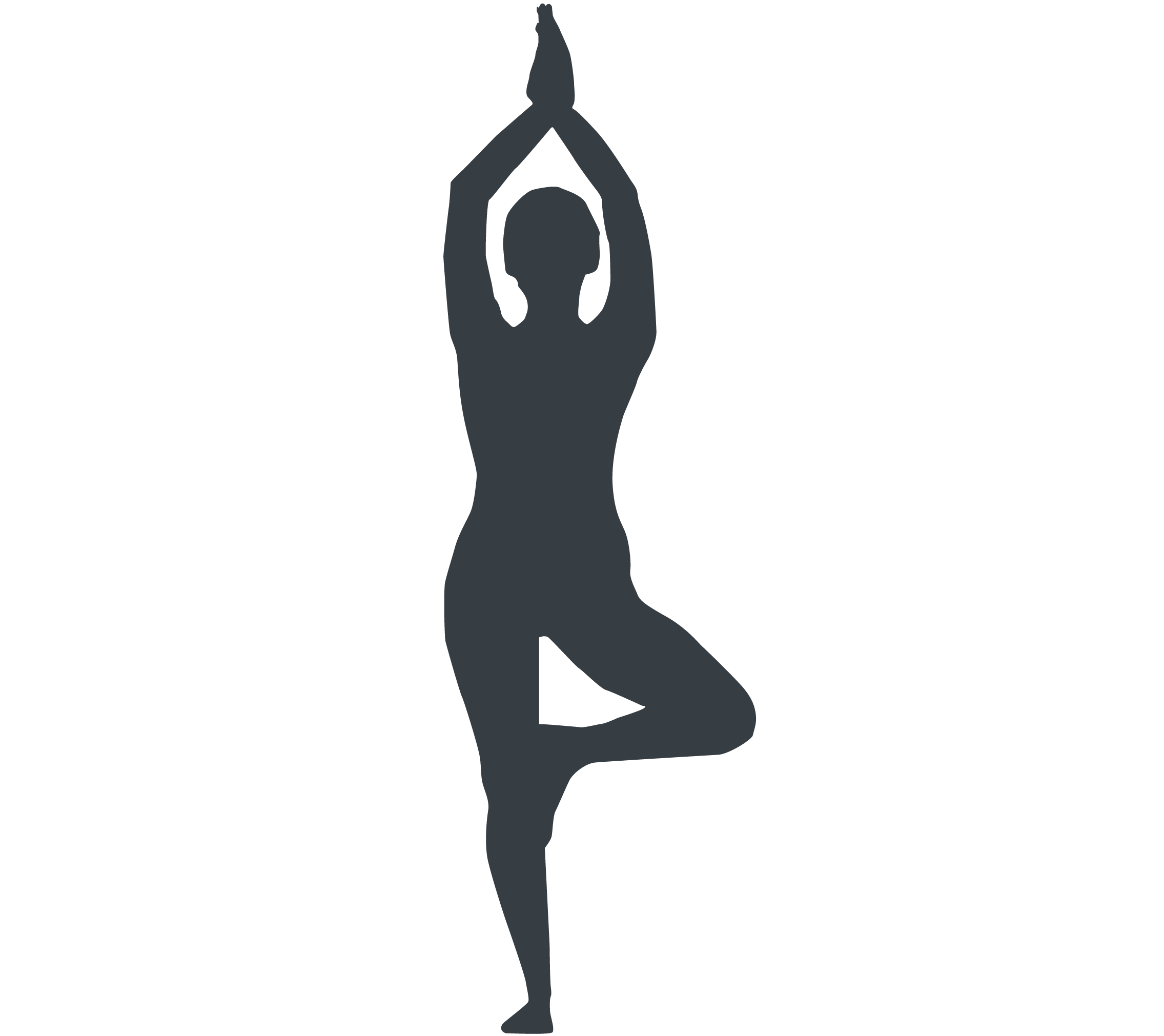Injuries to the trunk are relatively common, and can include injuries to the back (e.g., fractures, sprains, or lumbar discs tears).

Originating in ancient India, yoga is a series of mental and physical exercises that gained popularity in the Western world in the 1980s. Different types of yoga range in pace, breathing, temperature, and physicality; styles include hatha, Bikram, and kundalini. Practicing yoga has physical, mental, and spiritual benefits. While the risk of injury in yoga is low, sprains and strains can occur.
(see Section 04 - Prevention)
Injuries to the trunk are relatively common, and can include injuries to the back (e.g., fractures, sprains, or lumbar discs tears).
Most yoga injuries that result in emergency room visits occur to the lower extremities.
Factors that can lead to injury when practicing yoga include: overstretching, stumbling into another participant, and injuries related to equipment or the environment (e.g., tripping over a mat).
Certain yoga poses are more commonly associated with injuries, such as the headstand (sirsasana), supported shoulderstand (sarvangasana), lotus position (padmasana), forward bend (uttanasana), and backward bends (such as wheel pose, or urdhva dhanurasana).
Some muscle soreness or joint pain is expected when increasing your level of physical activity. However, it is important to listen to your body for persistent or worsening pain, and to know when to rest. Learn more about how to prevent injuries in yoga.
The Oslo Sport Trauma Research Centre has developed exercises that can support your yoga practice. This resource includes videos and PDFs for download.
Learn more about exercises to help prevent knee injuries.
For more exercises, visit http://fittoplay.org/.
Certified Yoga Instructor
Attempting to do yoga at home can increase your risk of injury. A highly experienced and qualified yoga instructor can help you improve your form and suggest appropriate poses for your level of practice.
Activity Level
The most common injuries when practicing yoga are strains and sprains, often due to “overstretching”. Proper form and posture is very important.
The American Academy of Orthopaedic Surgeons provide information on injury prevention while practicing yoga.
Sleep, Vigilance and Sport Injury Prevention
Being successful in physical activity requires a high degree of alertness, also known as vigilance. Sufficient sleep helps your body to recover, allows you to achieve your goals, and reduces your risk of injury. Getting less than 8 hours of sleep can increase your rate of injury by up to 70%! Watch this video to learn more about how sleep and vigilance are connected.
Sport-related Physicals
Some pre-existing conditions may increase the risk of injury when practicing yoga. An annual sport-related physical evaluation ensuring fitness to participate can help to reduce risk of injury. KidsHealth provides information about what sports physicals are, why they may be appropriate and where you may go to get them.
Learn more about Kids Health Sports Physicals.
Talk to your organization or school about the prevention strategies below and how they might be incorporated into training and policies.
The Oslo Sport Trauma Research Centre has developed exercises that can support your yoga practice. This resource includes videos and PDFs for download.
Learn more about exercises to help prevent knee injuries.
For more exercises, visit http://fittoplay.org/.
Activity Level
The most common injuries when practicing yoga are strains and sprains, often due to “overstretching”. Proper form and posture is very important.
The American Academy of Orthopaedic Surgeons provide information on injury prevention while practicing yoga.
Facilities
The Ontario Physical Education Association (OPHEA) provides recommendations for safely implementing yoga in elementary and secondary schools.
Sport-related Physicals
Some pre-existing conditions may increase the risk of injury when practicing yoga. An annual sport-related physical evaluation ensuring fitness to participate can help to reduce risk of injury. KidsHealth provides information about what sports physicals are, why they may be appropriate and where you may go to get them.
Learn more about Kids Health Sports Physicals.
Talk to your teachers, organization, or school about the prevention strategies below and how they might be incorporated into training and policies.
The Oslo Sport Trauma Research Centre has developed exercises that can support your yoga practice. This resource includes videos and PDFs for download.
Learn more about exercises to help prevent knee injuries.
For more exercises, visit http://fittoplay.org/.
Activity Level
The most common injuries when practicing yoga are strains and sprains, often due to “overstretching”. Proper form and posture is very important.
The American Academy of Orthopaedic Surgeons provide information on injury prevention while practicing yoga.
Facilities
The Ontario Physical Education Association (OPHEA) provides recommendations for safely implementing yoga in elementary and secondary schools.
Sport-related Physicals
Some pre-existing conditions may increase the risk of injury when practicing yoga. An annual sport-related physical evaluation ensuring fitness to participate can help to reduce risk of injury. KidsHealth provides information about what sports physicals are, why they may be appropriate and where you may go to get them.
Learn more about Kids Health Sports Physicals.
The role of health professionals in preventing yoga injuries has two main components:
The Oslo Sport Trauma Research Centre has developed exercises that can support your yoga practice. This resource includes videos and PDFs for download.
Learn more about exercises to help prevent knee injuries.
For more exercises, visit http://fittoplay.org/.
Activity Level
The most common injuries when practicing yoga are strains and sprains, often due to “overstretching”. Proper form and posture is very important.
The American Academy of Orthopaedic Surgeons provide information on injury prevention while practicing yoga.
Sport-related Physicals
Some pre-existing conditions may increase the risk of injury while practicing yoga. An annual sport-related physical evaluation ensuring fitness to participate can help to reduce risk of injury. The American Academy of Pediatrics provides information about preparticipation physical evaluation.
Learn more about Preparticipation Physical Evaluation.
